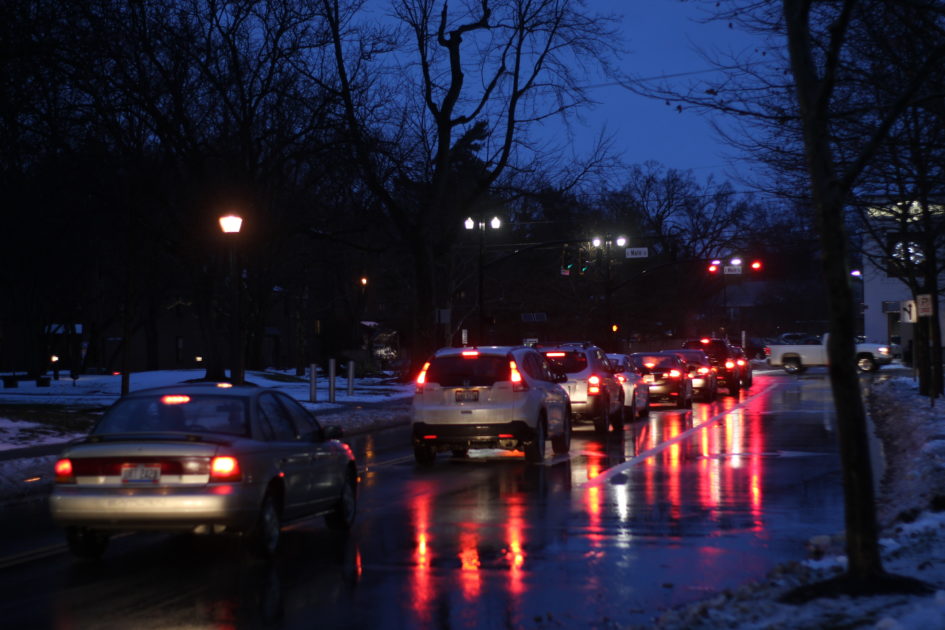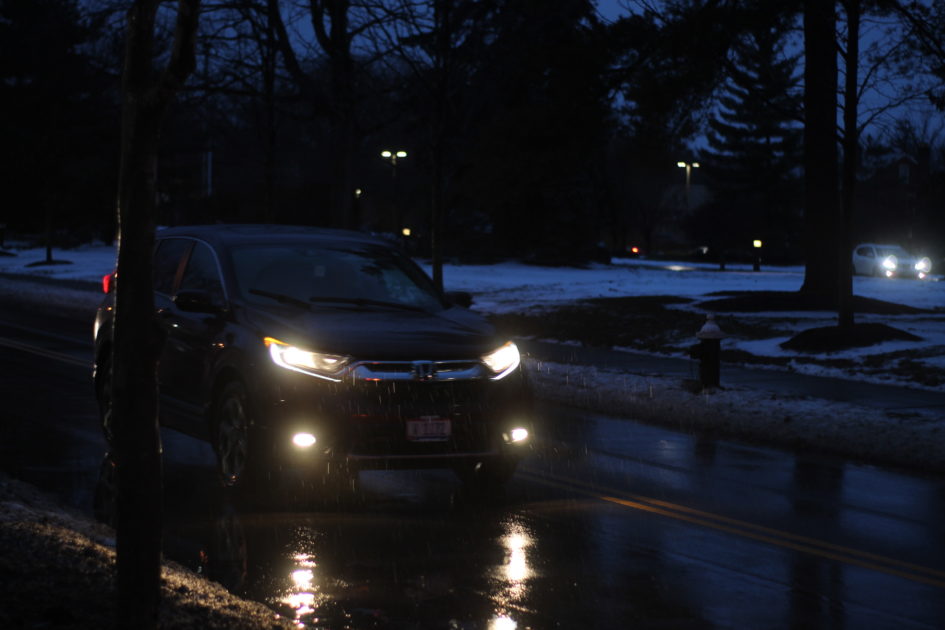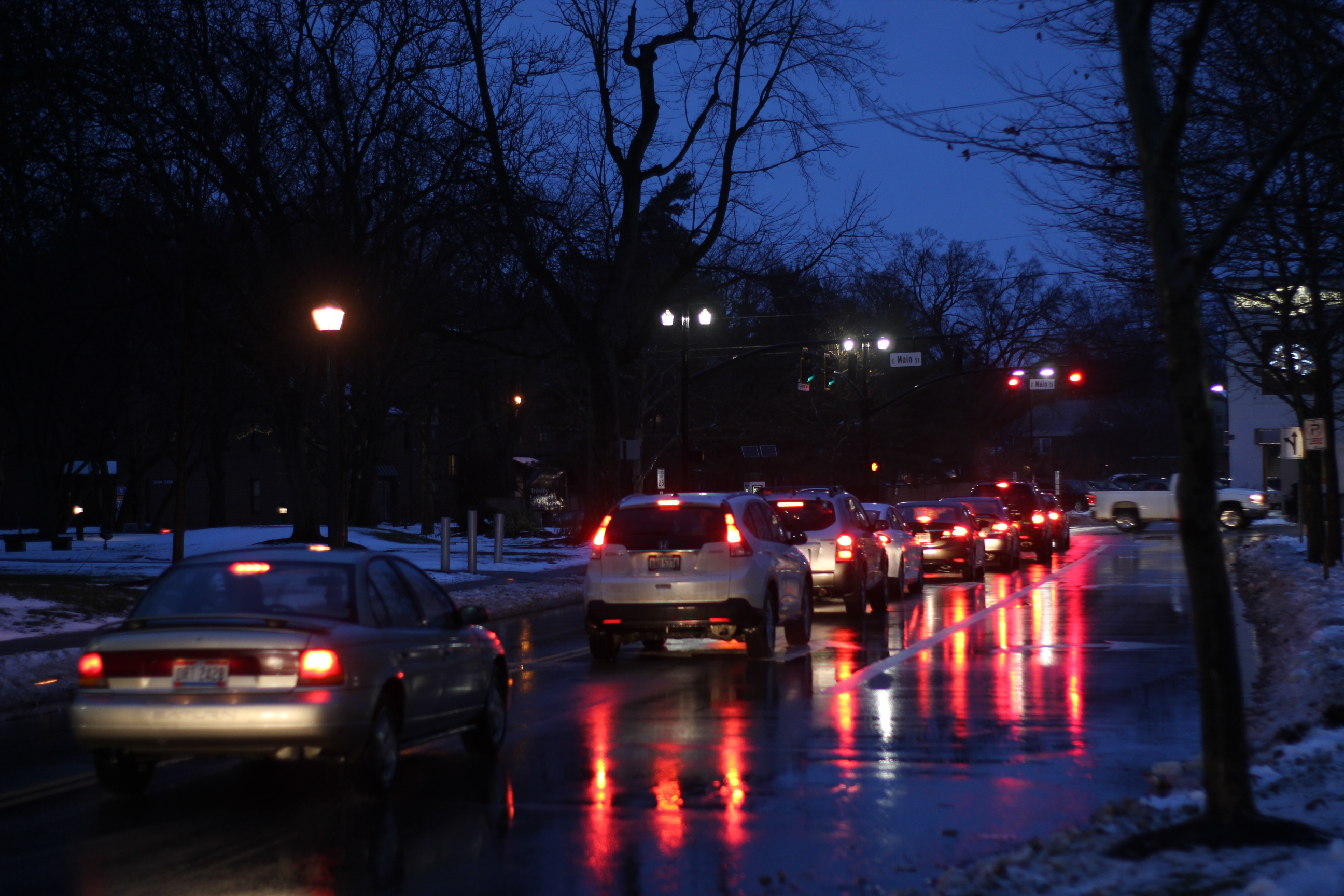It’s January in Ohio, which means wildly differing weather conditions on a week-to-week (and sometimes day-to-day or even hour-to-hour) basis.
This is especially relevant when driving, which is something most, if not all, students and faculty have to deal with. Luckily, there are things you can do to prepare and be safe out on the roads.
The first step is knowing the best times to be out.
Though it may seem obvious, Sergeant Scott Kunkle of Public Safety said that if you have to go out, it’s best to do so during the day, specifically the afternoon, which takes into consideration both the heightened visibility and the time needed to clear and salt the roads.
The next step is making sure you are prepared for anything that could occur out on the road. The National Highway Traffic Safety Administration (NHTSA) recently published a list of “Winter Driving Tips,” and one of the first things on the list is making sure to stock your vehicle.
The NHTSA advises that all cars have the following items: an ice scraper and snow shovel, some abrasive material (such as kitty litter or sand) in case your car gets stuck, jumper cables, a flashlight and flares, and emergency markers. Blankets, water, food, necessary medicine, and a phone with a working charger also make the list.
While there is little you can do about the condition of the roads, you can guarantee that your car is in good condition.
The NHTSA also gives a safety checklist for your vehicle that you should go through every time you are about to set out. You should check your battery, lights, tires, cooling system, windshield, and floor mats.
Batteries die faster in cold weather, so have a mechanic check your charging system and tighten the battery cable connections if necessary. Though it’s a little late now, you should completely fill your vehicle’s washer reservoir before the first snowfall.
Tires should be checked at least once a month and before every road trip, including the spare.
Being safe while driving is important, but pedestrians must also be careful out on the roads in winter.
“Don’t count on [drivers] to stop. Even if there’s a sidewalk, that doesn’t mean that they will,” Kunkle said. “Remember that when there’s ice, they may not stop in time and might slide right into you, so wait until they come to a complete stop before crossing. And use the crosswalk. Lots of students will cross other places, but cross where the lights are so that drivers know to stop.
For more in-depth information on how to be safe this winter, visit the NHTSA website.

